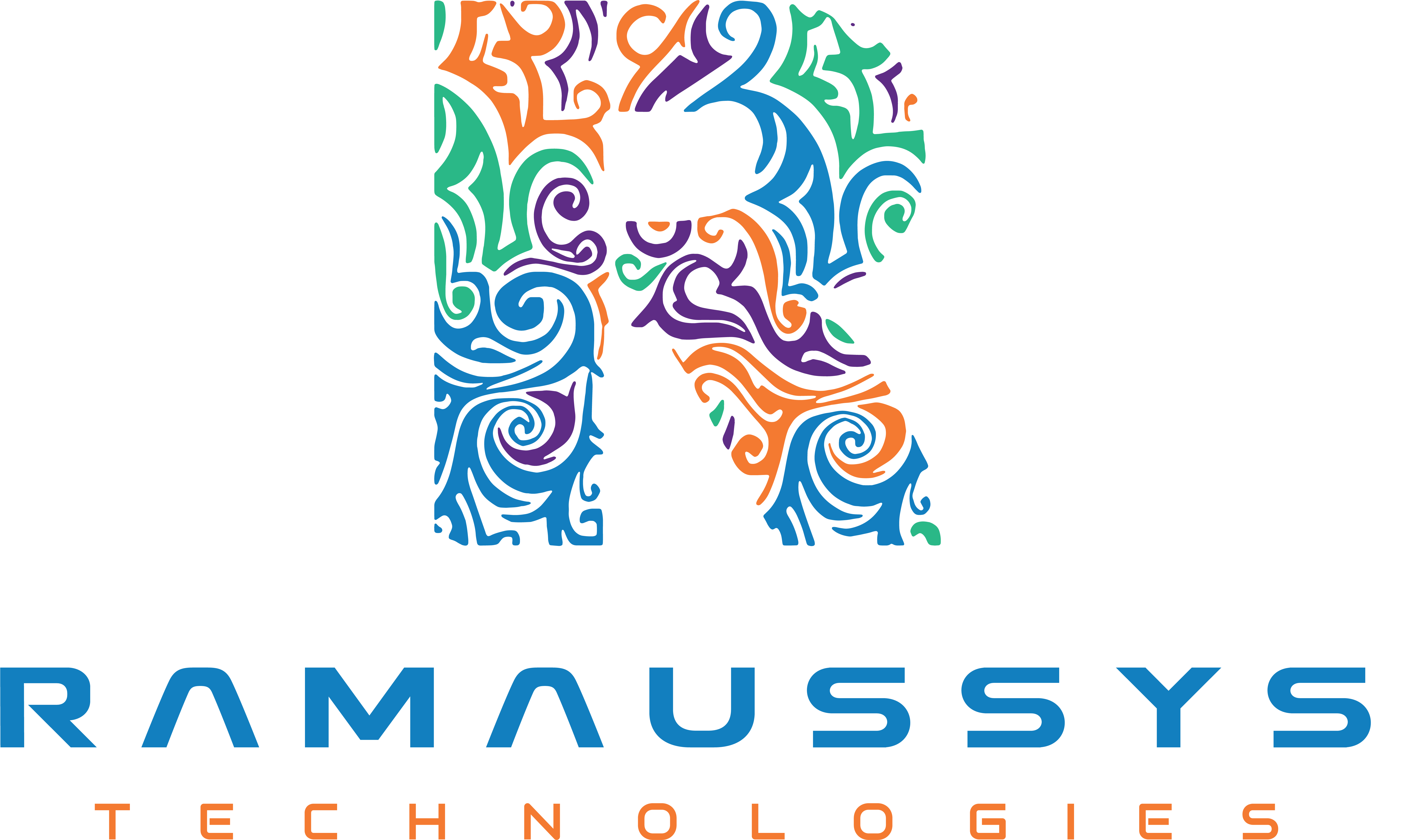The client was experiencing problems while navigating his software institute website, and as a result of this, the bounce rate went high with low engagement from students. Additionally, the existing design was outdated and made it complicated for prospective students to get the right information.
Client Challenges
Goals
Client wanted to design an interface more intuitive and easier for a user, thus increasing student enrollment and engagement. They wanted to streamline the information architecture so that it can be easily accessed by the users in courses and other such resources.
Project Goals
Improve user experience
Provide a clear, simple navigation and increase the overall satisfaction of prospects and current students.
Improve enrollment
Create an intriguing design that makes visitors try courses and subsequently enroll, thereby increasing the chances of conversion.
Improve mobile accessibility
Ensure the website is fully responsive to all types of devices corresponding to the growing demand of mobile users.
Simplify Access to Information
Organize the information in such a way that it will make it easy for the users to get any course-specific, resource, and contact information they may need.
Establish Trust and Engagement
Utilize testimonies, success stories, and interactive features for building community engagement with prospects.
Research
User Research
We interviewed some current students and prospective users to know their needs and pain points. Key insights obtained from such interviews and questionnaires are the need for streamlined navigation, accessibility to mobile devices, and an intuitive view of available courses.
Competitive Analysis
Analysis of competitor sites revealed the need for quality graphics, simple navigation schemes, and plentiful details about the courses. The industry trends depicted the fact that user-centric design and responsive interfaces are gaining importance in various applications to make interaction more interactive and engaging.
Requirements Gathering
Based on our literature review, we determined certain key features that were essential in our project. These included an intuitive course catalog, an interactive FAQs section with user-friendly enrollment form, and responsive design catering to mobile users. We also deemed it essential to include testimonials or success stories to offer a stamp of trust and credibility.
Design Process
Wireframes & Prototypes
We used the software Figma to make wireframes and prototypes with focus on clean layouts and easy navigation based on insights from user research. Some of the key design decisions reflected clarity and accessibility, especially in course catalogs and enrollment processes.
User Testing
Usability testing with the target users was really helpful to gather direct feedback from the target users about the navigation flow, such as whether the navigation was effective but created confusion in the enrollment flow. So, there were refinements that included step-by-step guidance and improved visual cues.
Final Design
Visual Design
Final designs are very modern, colorful, and represent the branding of the institute. In screens where important content is being displayed, clean design with clear typography, lively visuals, and interactive elements will be included that enhance user engagement particularly for the course catalog and enrollment sections.
User Flow
For example, a user may find themselves at the homepage of an application which is intuitive to guide users to explore courses and access resources to complete the enrollment process without friction. With every step, efforts are made to create as little friction as possible, so users can appropriately find their way from the moment they would like to enroll to registration with the least possible friction.
Development
Tech Stack
It utilized a tech stack by using React for frontend, Node.js for the backend, and MongoDB for the database. It resulted in an application that was responsive and scalable, thus really capable of allowing smooth user interactions and efficient data management.
Collaboration
We were deeply collaborating with the developers closely by getting checked-in frequently and design handoff sessions, where we used the tool Zeplin to maintain design integrity intact. In this way, the ultimate implementation followed the visual as well as functional requirements that had been identified for the design phase.
Challenges and Solutions
Technical Challenges
The most significant technical challenge was the integration of the backend system into the frontend framework, which initially caused retrieval problems with data. It was solved through close collaboration between developers and frequent testing, thereby ensuring that the interactions with APIs and data flow in the system would run without problems.
Design Challenges
One of the key design problems presented itself in terms of beauty versus usability, particularly around the arrangement of the course catalogue. How to resolve this we entered a cycle of iterative feedback sessions-to learn and refine the design of user testing insights to be beautiful yet easy to use.
Results
Within the first three months post-launch, the metrics indicated a 30% increase in website traffic and a 25% conversion rate for course enrollments. More importantly, user engagement metrics clearly depicted a significant reduction in bounce rates, which further indicates better user satisfaction.
Client Feedback
Satisfaction prevails at the client’s end with this project, “Ramaussys Technologies transformed our website into an engaging and user-friendly platform, which has resulted in considerable increases in our enrollments.” They felt the respective responsiveness and co-operative collaboration throughout designing and development of their site. The team has made an improvement in the usage experience by a mile.

